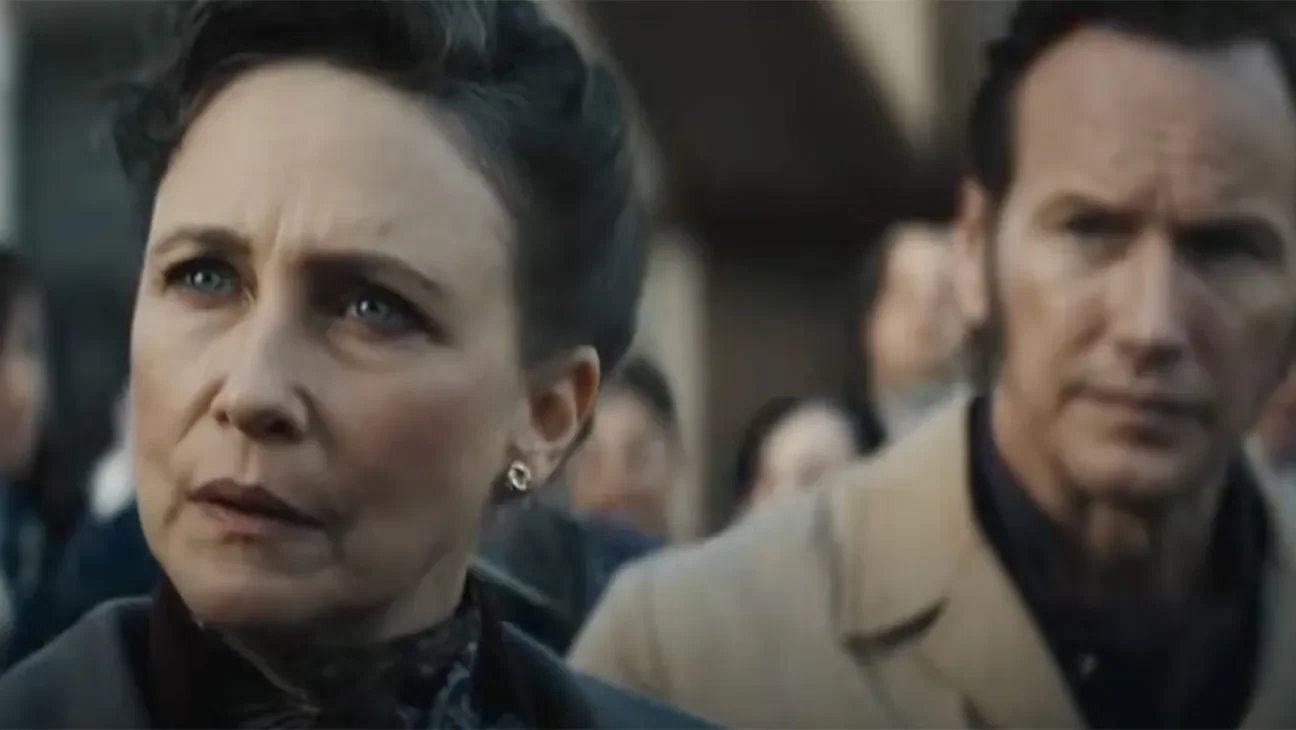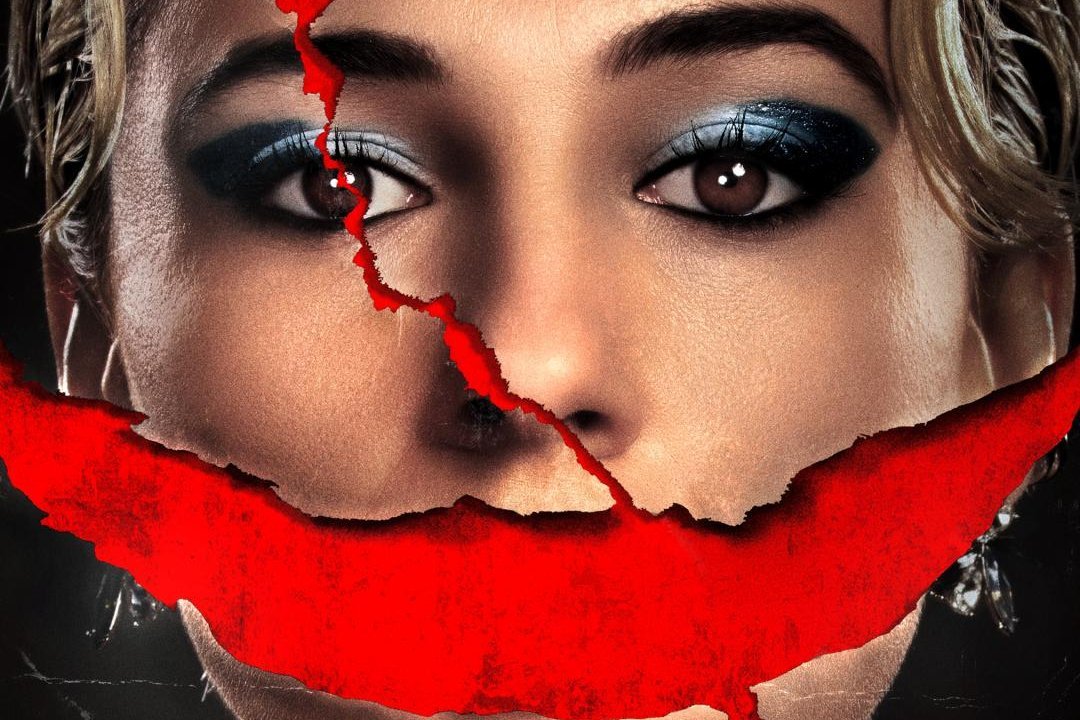Sinners (2025) Is A Southern Gothic Revival Drenched in Blood and Blues
I’m still working through my growing backlog of late 2024 and early 2025 movie releases (I’ve been super busy with some cool website stuff rolling out and my prompt books), but there was one move I couldn’t put off writing about – Sinners (2025).
Directed by Ryan Coogler (Creed, Black Panther) and starring Michael B. Jordan in a breathtaking dual role, Sinners feels like a lightning strike to the Southern Gothic genre and, frankly, the horror genre as a whole.
What interests me the most, though, and what the basis of this blog will be about, is how the film handled both horror elements and the uniquely American flavor of cinema – creating new conversations about race, legacy, and survival.
Is Sinners (2025) A Horror Movie?
Before I dive into the genre analysis of this film, I wanted to give my answer to this question because it comes up a lot in various discussions. Yes, I absolutely believe that Sinners is a horror film, and I am not quite sure where the thought comes from that it isn’t.
Is it because there are only a few jump scares at the beginning of the film?
Is it because the film’s narrative structure is more so centered on introspective themes rather than the horror elements?
Is it because there is singing and dancing?
Perhaps something else?
Regardless, the purpose of horror is to shock, disgust, and horrify, and the film certainly has elements of all three. Yes, the vampires sing and dance but Smile 2 was also considered a horror and included pop music. So, while I do think this is a horror, I also believe this is a horror we haven’t seen in a while – one that uses horror and the supernatural as secondary to the cultural commentary.
There seems to be the idea that horror is too low-brow to be meaningful, and I strongly disagree.
Okay, now that I have established my view on the horror aspect, I want to dive into this particular subgenre of horror.
A New Kind of Southern Gothic
The term Southern Gothic refers to the blending of traditional Gothic (with its themes of the supernatural, decay, and decline) with the themes of the American South, often exploring additional concepts related to poverty, racism, and culturally charged violence.
At its core, Sinners is a brilliant Southern Gothic tale.
The crumbling 1932 Mississippi backdrop sets the tone: rotting juke joints, ghostly cotton fields, and desperate faces hardened by the Great Depression. But in Sinners, decay isn’t just physically shown; it permeates into the spiritual.
The film leans into everything I love about Southern Gothic: the exploration of sin, guilt, redemption, and survival - all filtered through the uniquely American sins of racism and colonialism.
The story follows twin brothers Smoke and Stack (both played by Jordan), who return home with dreams of opening a juke joint where Black voices can rise above a world trying to silence them. Their plans, whether truly noble or a touch self-serving, do not go according to plan because an Irish vampire, Remmick (Jack O’ Connell), begins turning those very patrons into members of the undead.
Southern folklore has a long tradition of making deals with the devil, especially around music.
Think of The Ballad of Stagger Lee. Think of Robert Johnson, the bluesman who (legend has it) sold his soul at the crossroads for musical talent beyond mortal limits.
Sinners taps into that mythos so beautifully that it almost feels like a lost parable.
The Vampire Mythos Reimagined
The predators in Sinners are vampires of culture, not just blood, and this makes them feel both familiar and deeply unsettling.
Remmick is a stereotypical vampire in that he and those he turns to follow the mythos closely – they drink blood, cannot handle sunlight, hate garlic, and must get an invite to come in. While Remmick’s vampirism is guided by bloodlust, a deeper pull of his is to also drain communities of their art, their traditions, and their future. Here, Remmick’s hunger is for the soul of the juke joint itself and what it represents for Black self-determination.
It is, in a way, the idea of colonialism. The songs associated with the Blues and black experiences are replaced with Irish culture veiled as a need for “family.” In essence, keeping away from the vampires isn’t just about avoiding a certain death; it is also about cultural survival.
In a similar vein, the introduction of the Chicatow tribe was powerful but fleeting. Their scenes hinted at a broader, tangled history of stolen land, cultural erasure, and violence that predates even the vampires. However, after a poignant introduction, they seem to vanish from the narrative, a decision that felt like a missed opportunity. Their potential to anchor the story even deeper into its anti-colonial themes was left frustratingly unexplored, but that’s a minor critique for an otherwise extremely insightful theme.
The Characters Smoke and Stack
While names in literature and film are generally significant, they are mainly reflected in the Gothic genre. They often offer a glimpse of the atmosphere or foreshadow future events. This is certainly true of Sinners, in which both names carry entire character arcs.
Stack evokes a stack of money, suggesting the burden and temptation of wealth. His journey would always be one of moral compromise, of eventually being “bought” by a devil in one form or another.
Smoke, by contrast, implies something ephemeral that drifts and disappears. His fate feels tragically inevitable from the start - a man trying to hold onto hope in a world that sees him as disposable.
I loved how these small, almost poetic choices gave their arcs a haunting sense of destiny, even before the supernatural took hold.
The Music As a Soundtrack for Survival
If the blood and dirt are the bodies of Sinners, the music is its soul.
Ludwig Göransson (returning after his phenomenal work with Coogler on Black Panther) weaves a score steeped in Delta blues, gospel, and mournful folk ballads. It goes beyond atmospheric but is also narrative. Songs feel like spells, binding the characters together against the coming darkness.
The use of live performance scenes at the juke joint, combined with scratchy vintage recording techniques, roots the supernatural story firmly in history. You can almost smell the sweat and whiskey in the air.
To me, this evokes the very essence of the Southern Gothic tale. The music bridges the historical setting and the timeless themes of survival and sorrow.
Sinners is a Must-Watch for Gothic Horror Fans
Sinners is truly an elevated vampire film and a firm representative of the Southern Gothic tale. It’s a mournful, furious love song to a people, a place, and a way of life always under siege. It’s what happens when Southern Gothic horror evolves beyond crumbling mansions and into the real historical sins that still haunt American soil.
Be sure to watch the two post-credit scenes, especially the second, in which (spoiler) Sammie softly sings “This Little Light of Mine” before the events unfold. It, too, tells of his arc: that hope, even in the darkest places, cannot be killed so easily.















Explore the top Stephen King film adaptations, from Carrie to The Long Walk, and how each redefines horror, humanity, and fear.